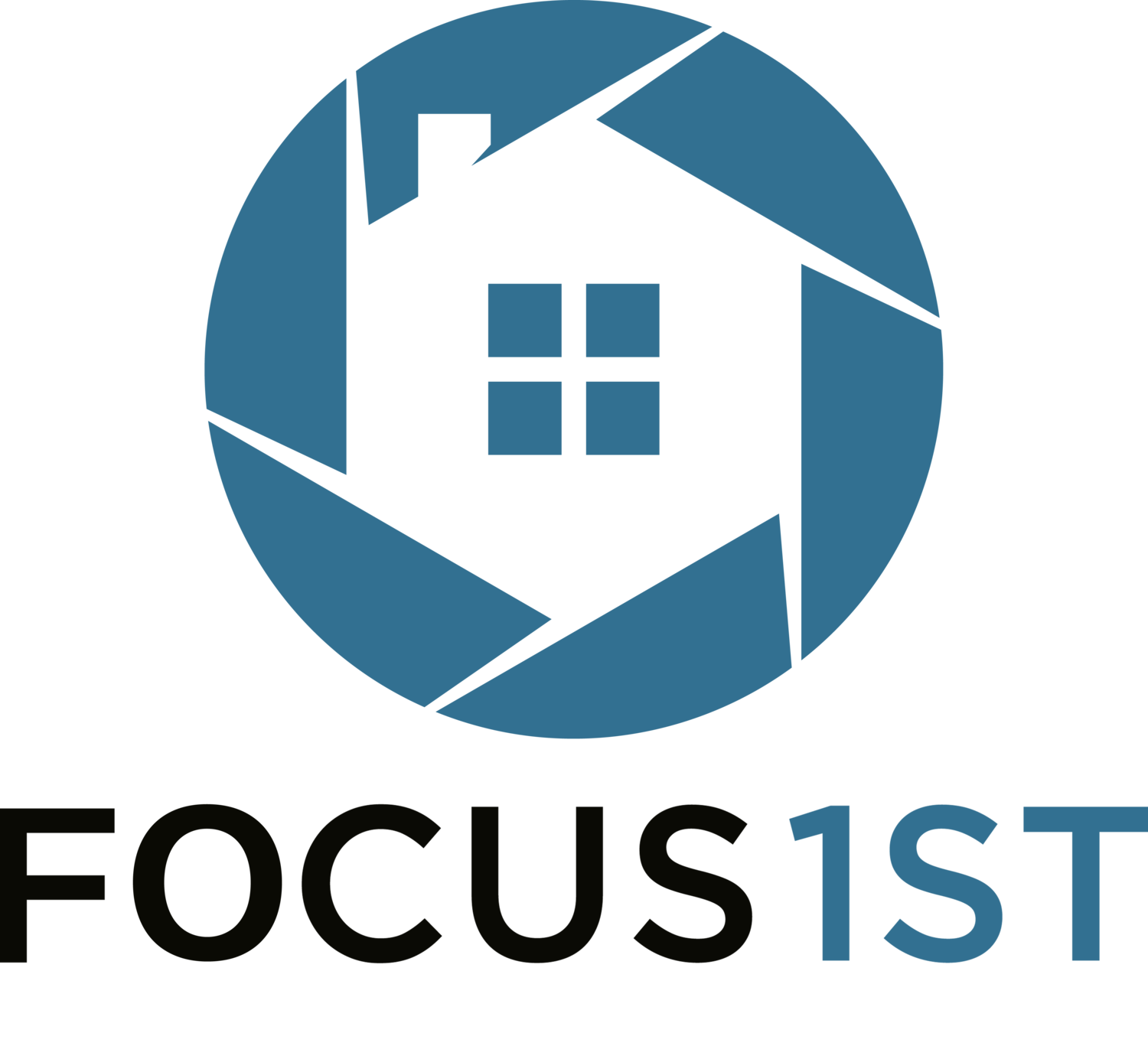Stay Away From Your MLS Radius Search
I spend a lot of time helping real estate agents across the US and Canada doing market analysis using the Visual Pricing System. In most cases, after looking at the data that the real estate agent has read into the Visual Pricing System, when we have problems, I almost always go back to the original search. In many cases, the search completed by the real estate agent is based on the number of bedrooms/bathrooms, total square feet, or something like that. In “most" cases, we recommend against those type of searches. Why?
You want to create a pricing strategy and not just a price. In creating a pricing strategy, one of the things you’ll want to know is:
“How well is real estate doing in my area?” This is a general question about that specific area. While there may be cases where you want to know, “How well are 1 Story/Ranch homes selling in my area?”
This is important because as we’ve heard so many times how Real Estate is about:
LOCATION
LOCATION
LOCATION
That being the case, it almost never makes sense to expand the area, and then limit the search results based on size. Of course, there may be some exceptions which I’m sure we’ll be discussing sometime in the future. So, if we base the search on location, what’s the best way to identify the location? If your MLS has the ability to search based on the neighborhood or subdivisions, that will be a great way to focus on location.
We recommend using the Map function. Almost all the MLS' we’ve been on do have a Map function. While the Map function will allow you to select areas to search, we’ve seen cases where many real estate agents don’t know how to use the map function in their MLS. We highly recommend that you get comfortable with this feature. This will be a great friend to you as you do your market analysis.
Take a look at the screen below. This is a common screen that you will see with many MLS. In this screen, you are able to enter your address and then able to identify a radius range which will be used to select properties.
This is very tempting to do because it sounds like it makes sense, and it sound pretty easy, doesn’t it? You just enter the address and you can change the radius to obtain the number of properties to meet the guidelines. Right? Actually, we rarely use this feature. In most cases, this will not provide the set of data you will want. It may not provide you the right data for helping you to create either your pricing strategy or your price. So, what should you do? We recommend that you select the “Map Search” link, which will bring up a map of the area where the address you entered is, and you then use the polygon function to select an area where you look for and use natural boundaries.
So, let’s look at an example. I was recently on-line with a real estate agent who was looking at a property whose address was 198 Dorchester Road located in Scarsdale, NY. Let’s take a look at the property using google maps so you can see the location better. Here is the location of that property as shown in google maps. While the homes located on the map are hard to see, if you look closely you can see them on the map. In many cases, google maps will show the lot sizes as well. However, we don’t see that very well in this map.
In taking a quick look, what you’ll notice is that 198 Dorchester is at the edge of the neighborhood. If you use the radius function, you’ll be comparing this property to other properties just to the North, which you can obviously see have larger lots and are probably not comparable. Whereas, the properties located to the South have comparable lots and are really the comparable properties to use. Generally, if you focus on “Natural” boundaries such as major streets, green belts, water, etc., you’ll do much better with your initial search.
Of course, we could limit the size of the lot, and that does help, but the best thing to do is not to use the radius function and to create a search using the polygon function to specify an area that consists of comparable properties like the search I show below:
Notice that on the North side we “hug” the edge of the neighborhood, while with the other boundaries we make use of semi-major neighborhood streets. This provides the best search results for what we are looking for. Turns out, the real estate agent who I was working with was well aware of the need to focus on the location and to focus on the properties that were comparable. So, in this case, the real estate agent was right on target with his search results.
My suggestion is to stay away from the radius search and be sure to use the “Map Properties” function and the polygon shape to define the natural boundaries surrounding the subject property.






